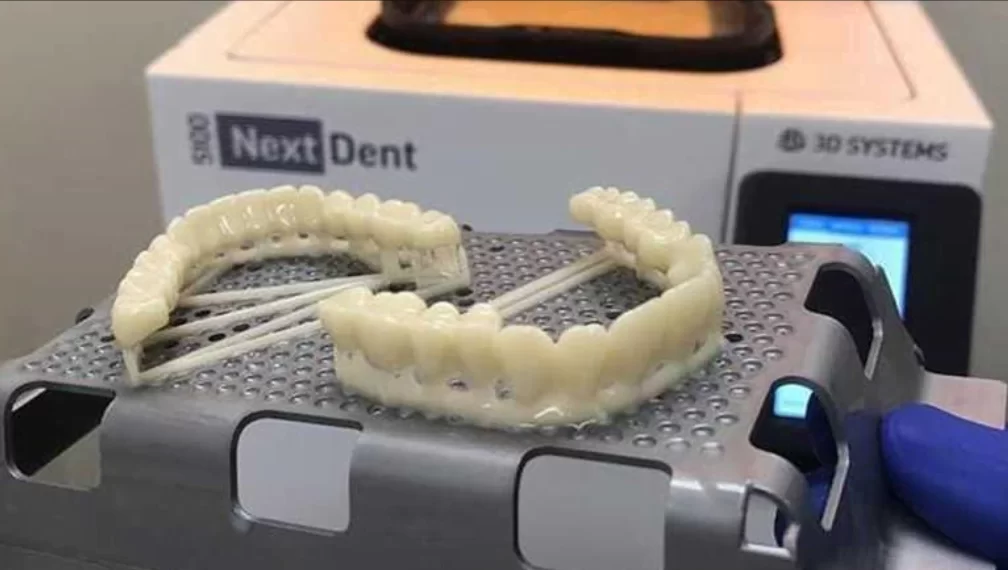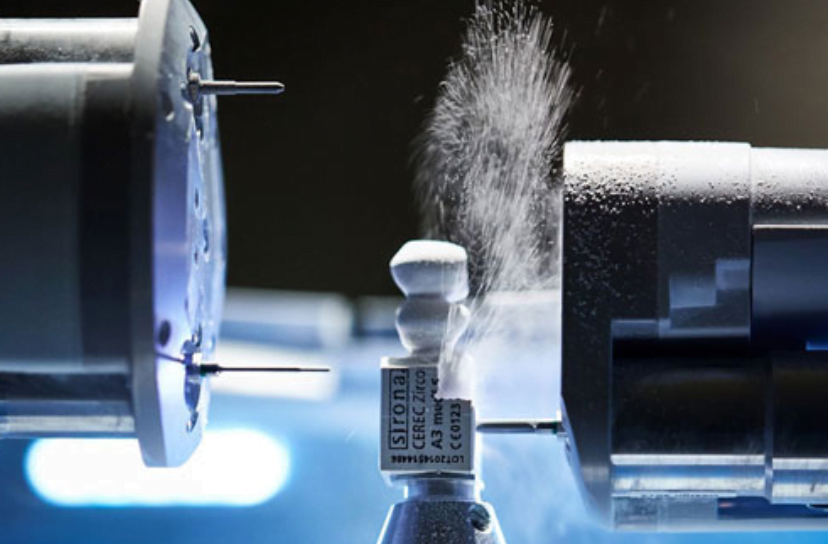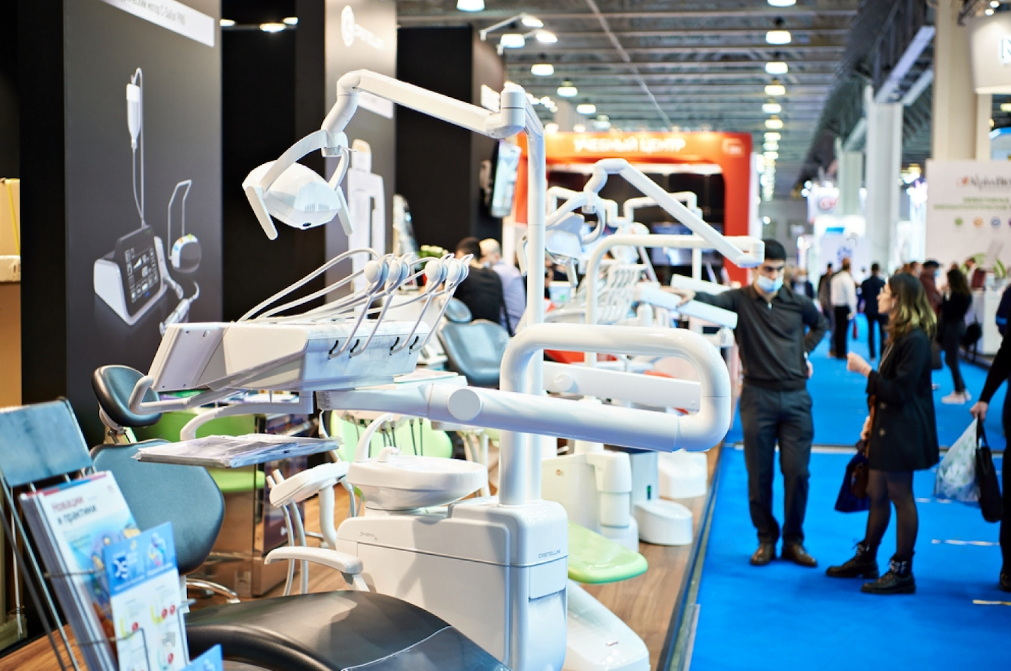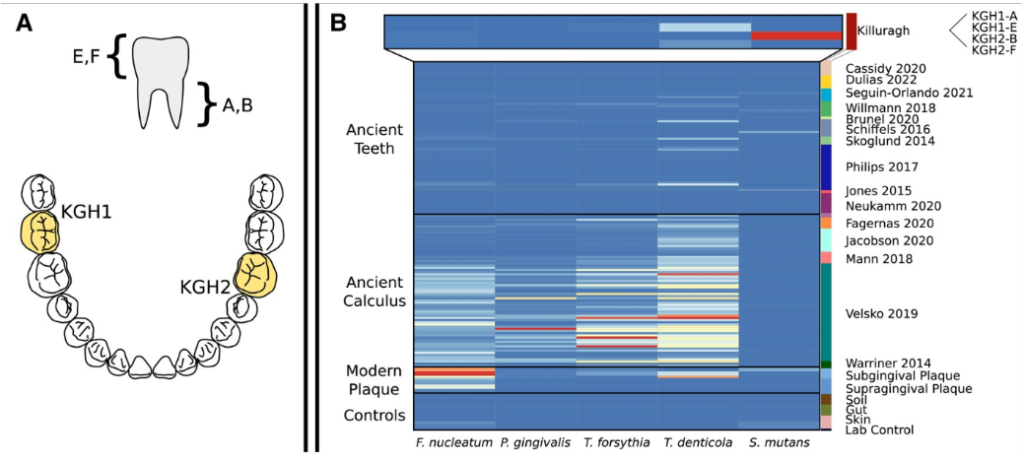How advances in dental technology, such as 3D printing and CAD/CAM systems, are changing the rules and standards.
Advances in dental technology, such as 3D printing and CAD/CAM systems, are revolutionizing the field of dentistry, making it easier and faster to create dental restorations with greater accuracy than ever before. With the advent of these new technologies, dental professionals can now provide their patients with custom-made dental prosthetics that fit perfectly and look natural.
One of the most significant achievements in dental technology is 3D printing, which has several applications such as:
- printing jaw models from digital impressions for fitting and modeling prostheses;
- printing temporary prostheses that are installed during the period until implant osseointegration is completed and they acquire maximum secondary stability.
With 3D printing, the entire process can be completed in a matter of hours, as opposed to days or even weeks with traditional methods.
Another major advance in dental technology is the use of computer-aided design and computer-aided manufacturing (CAD/CAM) systems. These systems allow dental professionals to design and create dental restorations, such as crowns and bridges, with greater precision and accuracy. With CAD/CAM systems, dental professionals can create digital models of the patient’s teeth and use these models to design custom dental prosthetics that fit perfectly. A digital model of a prosthesis is developed on a computer and then manufactured on a computer numerical control milling machine from zirconium dioxide. Such a prosthesis has no restrictions on its aesthetic appearance and service life.
Furthermore, these technologies also allow dental professionals to create dental restorations that are more durable and longer-lasting than those created with traditional methods. With the ability to create custom dental prosthetics that fit perfectly, patients are less likely to experience problems with their restorations, such as discomfort or breakage.
Overall, the advances in dental technology, such as 3D printing and CAD/CAM systems, are revolutionizing the field of dentistry and providing patients with better, more precise dental care. With these new technologies, dental professionals can create custom dental prosthetics that fit perfectly, look natural, and are more durable than ever before.














